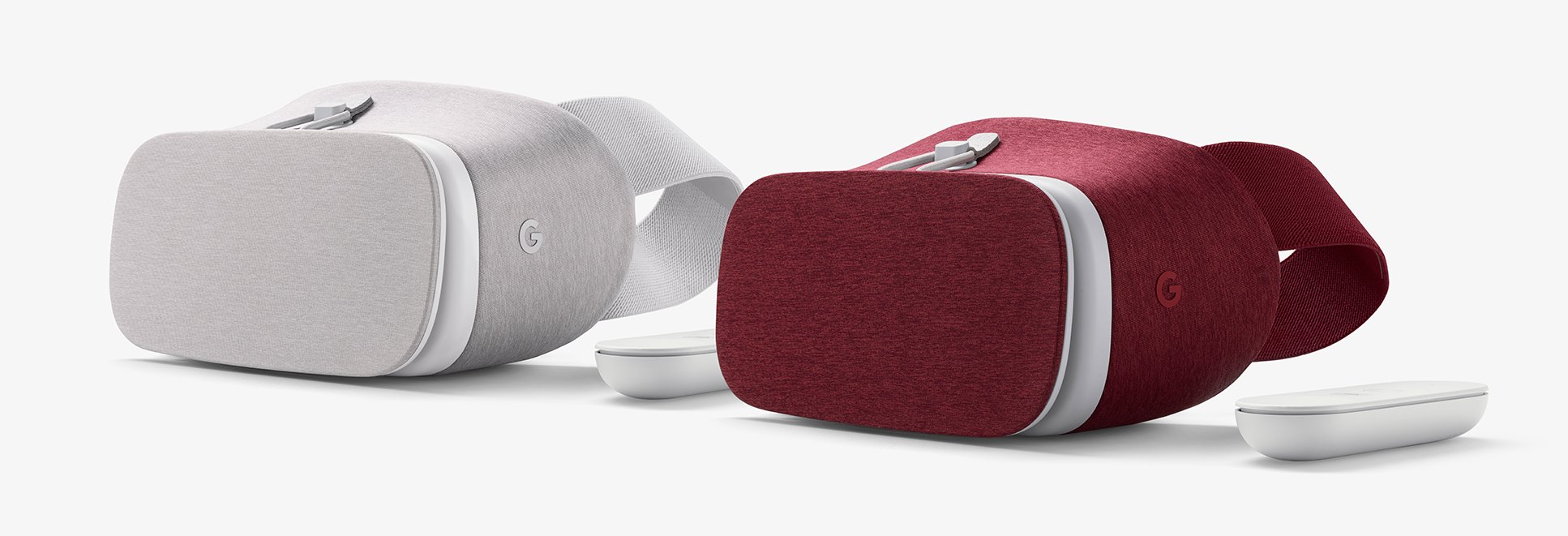Google Daydream Expands With New Color Options, More Apps
Google's Daydream VR platform expanded with support for more phones, limited edition colors for the Daydream View HMD, and new apps like Netflix.
Daydream was announced in May as a mobile VR ecosystem that would allow Google to reach the market between the low-end $15-or-so Cardboard and premium VR HMDs that cost hundreds of dollars and require mid-tier or high-end PCs. The software platform offers easy access to VR apps from the Play Store, while the Daydream View HMD offers a more fashionable take on VR headsets.
Both aspects of the platform are expanding. On the software side, Google announced that must-have apps like Netflix, HBO Now, and NextVR are now available. Daydream's game lineup also grew with Gunjack 2: End of Shift, Lego BrickHeads Builder VR, and Layers of Fear: Solitude, among others. Companies have had access only to the non-beta version of Daydream's developer tools since September, so this rapid expansion is a welcome one.
The hardware side of Daydream is also growing. Google said that Motorola's Moto Z and Moto Z Force are now ready for the platform, and it's also released the Daydream View HMD in limited edition Crimson and Snow color variants. The headset previously came only in a dark grey Slate color; releasing these new color options helps support Google's plan to create a headset that is a little more stylish than the other VR HMDs available today.
These color options will be available only for a limited time. They will be sold in the United States from the Google Store, Best Buy, and Verizon Wireless; in the UK from the Google Store, EE, and Carphone Warehouse; and in Australia from the Google Store. The headset costs $79. All of the software titles mentioned in Google's announcement can now be downloaded from the Play Store on any Daydream-compatible device.
Get Tom's Hardware's best news and in-depth reviews, straight to your inbox.

Nathaniel Mott is a freelance news and features writer for Tom's Hardware US, covering breaking news, security, and the silliest aspects of the tech industry.
